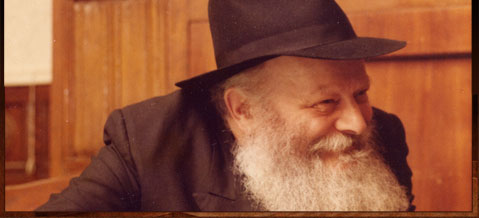My father, Rabbi Nachum Goldshmid, was born in Yekaterinoslav (today Dnipro), Ukraine, where the chief rabbi was the Rebbe’s father, Rabbi Levi Yitzchak Schneerson, also known as “Reb Levik.” My grandfather Reb Yitzchak Goldshmid, the local kosher slaughterer, had a close relationship with Reb Levik.

Click here for full-color print version
Aside from their eldest, the Rebbe, Rabbi Levi Yitzchak and Rebbetzin Chana had two younger sons: Berel and Leibel. The latter was the same age as my father, and the two forged a strong friendship that would last for many years.
Around 1909, as the boys were nearing school age, Reb Levik asked the chasid Reb Zalman Vilenkin to open a cheder, a small school, for his children and some other boys, in Reb Zalman’s home.
Many years later, when my aunt met with the Rebbe for the first time, her husband made mention of her maiden name.
“Goldshmid?” asked the Rebbe, looking at my aunt. “You are Reb Nachum’s sister?”
She confirmed this to be the case, and the Rebbe continued, “I learned with him in cheder. I also knew your father well.”
When she recounted her meeting to my father, he remarked, “I never learned together with the Rebbe in cheder. We learned in the same home, but I didn’t learn with him – he always studied on his own.”
The Rebbe was some four years older than my father, so when he joined the cheder, the Rebbe was already eight. The students were split into three classes, with the top “class” comprising one student, the Rebbe. In addition to being the oldest of the group, he was also, in terms of his abilities, without a peer. (more…)





